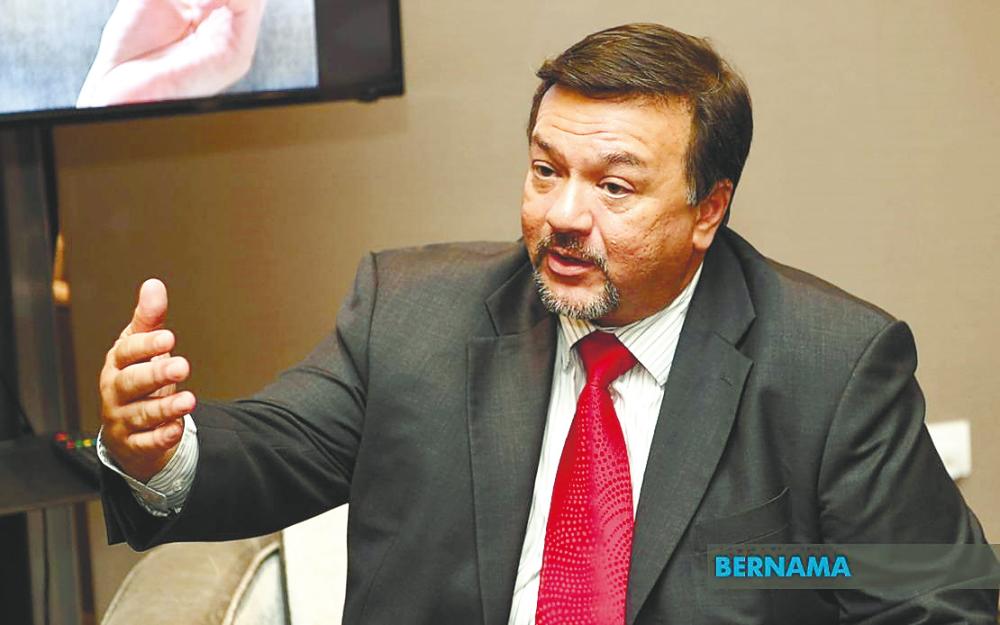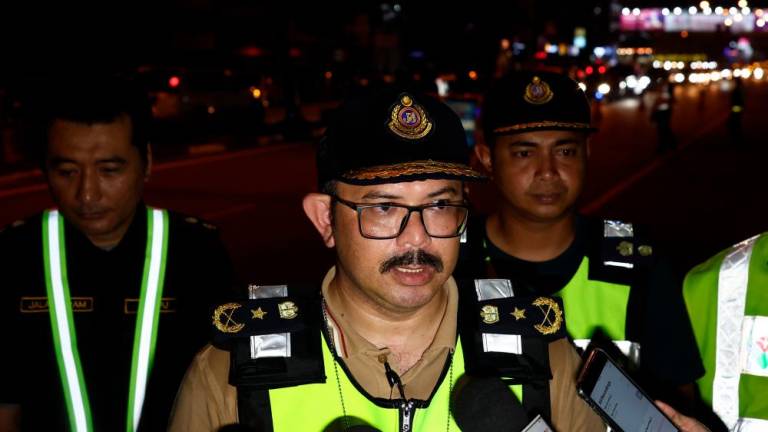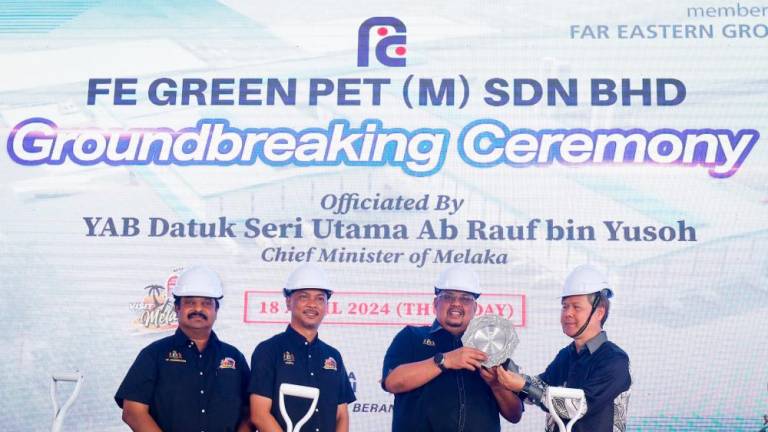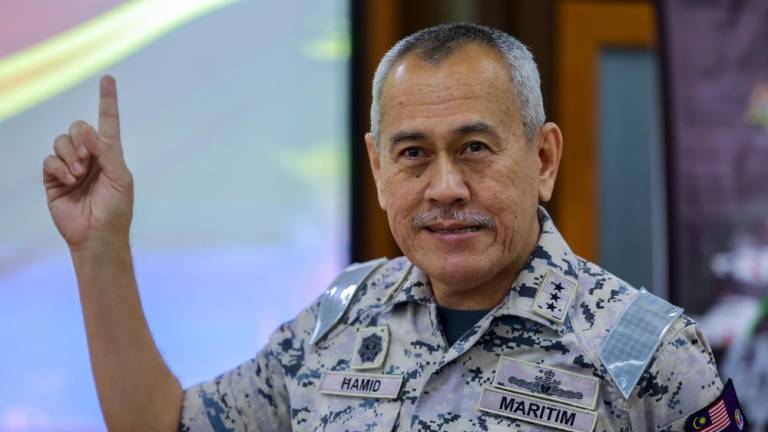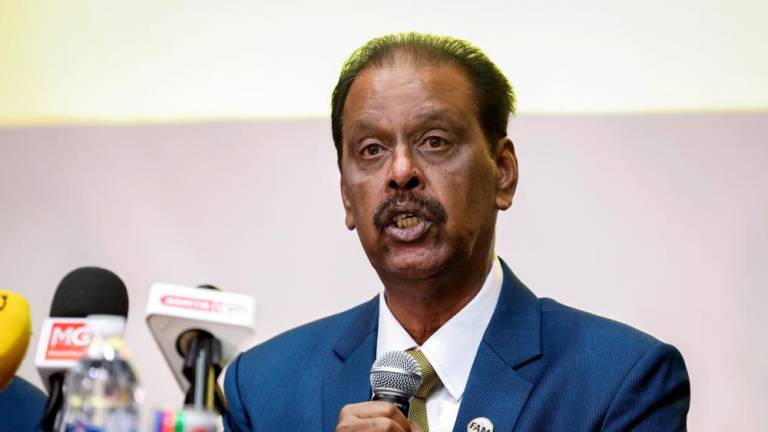PETALING JAYA: The Employees Provident Fund (EPF) aims to venture into the private equity space in 2022, albeit in a slightly different form, according to its CEO, Datuk Seri Amir Hamzah Azizan (pix).
He said there is not enough stimulus going into Bursa Malaysia as there seems to be an “investment trap” – a funding gap between the time a company moves from the venture capital market and enters the pre-initial public offering (IPO) stage. This gap, he added, presents investment opportunities.
“Towards the later stage of the pre-IPO, EPF can play a role as we can manage the risk element and get fairly good returns for our members and in that process we can also help generate the engine that feeds into Bursa,” Amir Hamzah told the media during the pension fund’s 2021 financial year (FY’21) results briefing yesterday.
For this endeavour, he disclosed, EPF has allocated RM1 billion and will be working with specific funds to promote and look into opportunities in that particular stage.
Amir Hamzah said the move will also stem the shifting of companies to outside Malaysian waters.
“Nonetheless, EPF needs to deliver its core mandate and in that mandate it will not take abnormal risks and the investments we’ll do have to fit our risk investments tolerance levels.”
For 2021, the retirement savings fund has declared a 6.10% dividend for conventional savings which translates into a total payout of RM50.45 billion and syariah savings receive a 5.65% dividend, amounting to RM6.27 billion. The latest dividends surpass the 5.2% and 4.9% payouts for conventional and syariah savings reported for 2020, as well as the 5.45% and 5.0% for the pre-pandemic year of 2019, respectively.
Amir Hamzah attributed the strong results to the continued market recovery in 2021, particularly in the developed markets, which contributed to its listed equity portfolios, providing opportunities for it to realise profits.
“Equities, particularly foreign-listed equities, which recorded a return on investment (ROI) of 10.44%, continued to be the driver of returns,“ he said.
This year, he added, the fund will be increasing its investments in various domestic asset classes.
“EPF believes that the reopening of economies and businesses, as well as various initiatives under the National Economic Recovery Plan, would provide fertile ground for the EPF to increase its investment efficiencies and leverage on the opportunities that a recovery brings,” Amir Hamzah said.
Due to the complications from the Covid-19 pandemic, the fund received a mandate to allow early withdrawals for its members via i-Lestari, i-Sinar and i-Citra that collectively saw RM100.9 billion withdrawn from EPF between April 2020 and February 2022.
The CEO said it had to manage liquidity due to the withdrawals and the best way to manage this was by repatriating its investments in the international market as EPF has a diverse portfolio and won’t rattle the market.
“If there were no withdrawal schemes there’s a likelihood we’d stayed a bit longer in the international market and had the potential to ride the market as it crested.
“Now the schemes have ended we’ll continue to go back and invest both domestically and internationally, continue to design a portfolio that will give risk reward returns that our normal Strategic Asset Allocation will give us,” he said.
When asked about his projections for 2022, Amir Hamzah stated that it is too early to tell, but assured contributors that the fund does not have any direct exposure to any interest in Ukraine or Russia, hence there is no material impact from the conflict.
“When the Ukraine-Russia situation occurred, the market gyrated a little bit and it has since recovered to where it was, save for oil prices. The key for us is to understand what is the long-term ramification of that and make sure we have the agility in our portfolio to address that.”
Amir Hamzah pointed out that EPF can make money whether the market moves up or down, depending on its volatility play, as it has a long-term investment horizon. For example, when the market goes down, it can take the opportunity to buy good long-term assets at the favourable prevailing price.
By asset class, he disclosed, EPF’s fixed income instruments account for 45% of investments, followed by equities at 44%, real estate & infrastructure is at 6% and money market instruments make up the remaining 5%.



